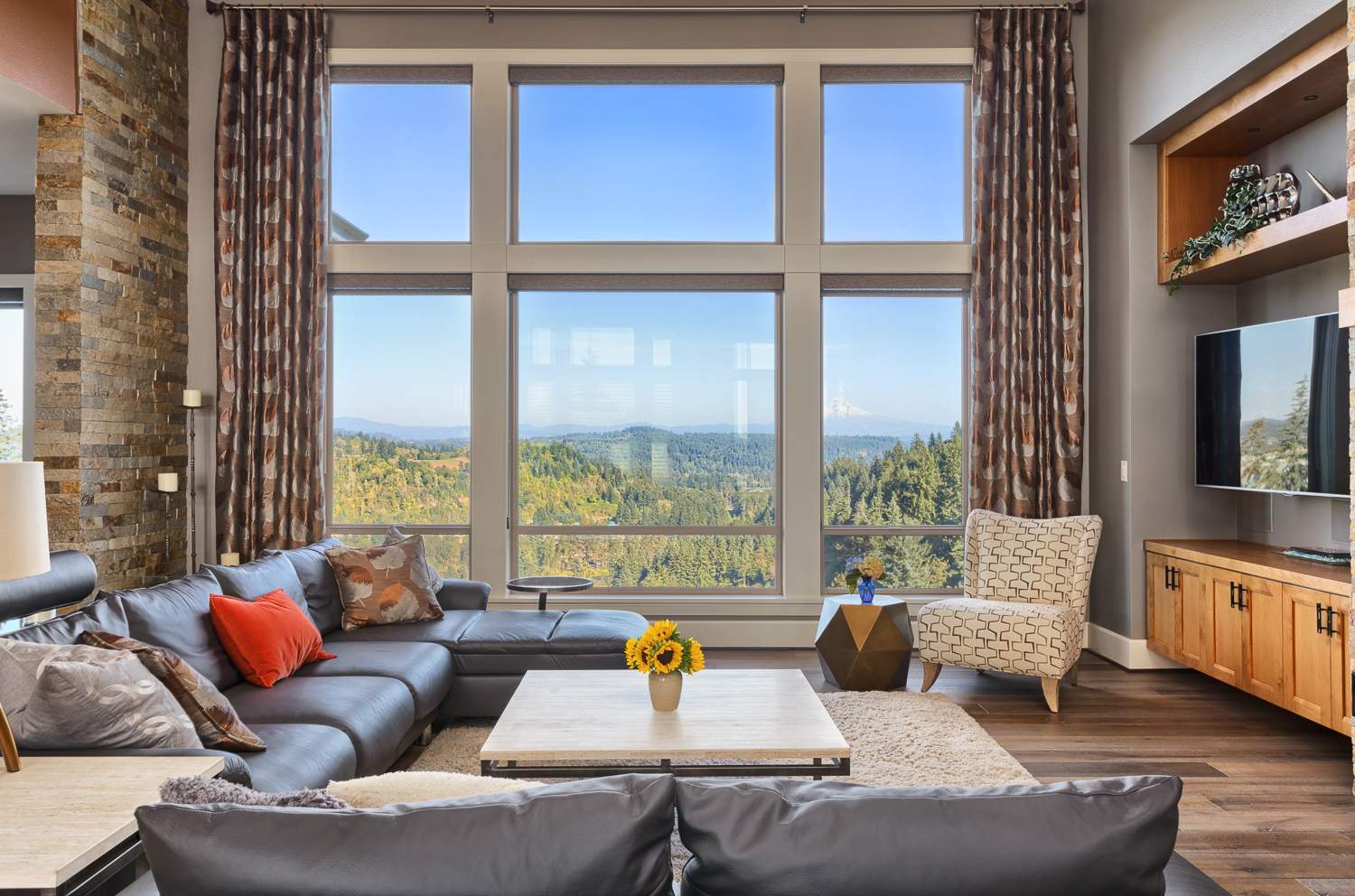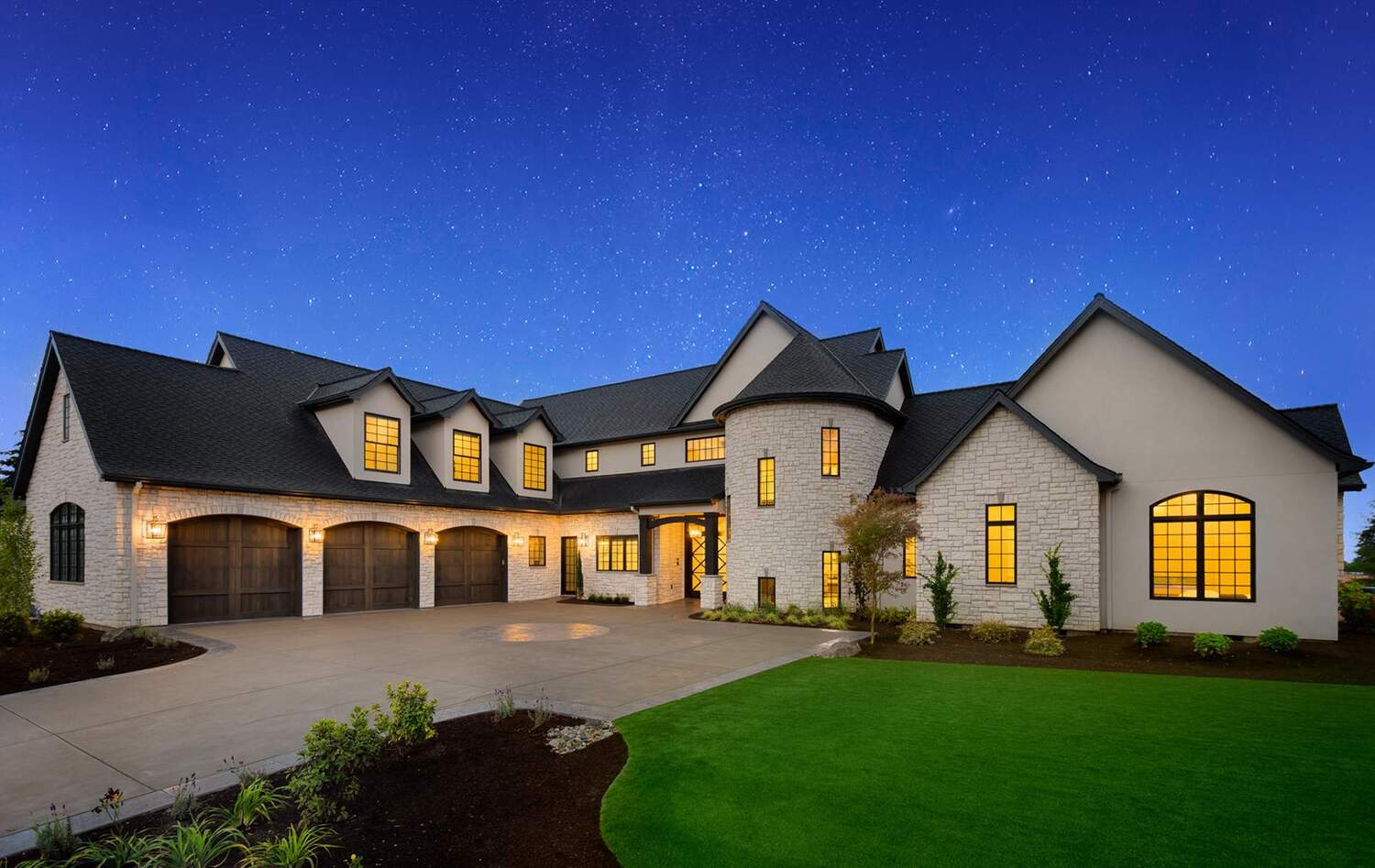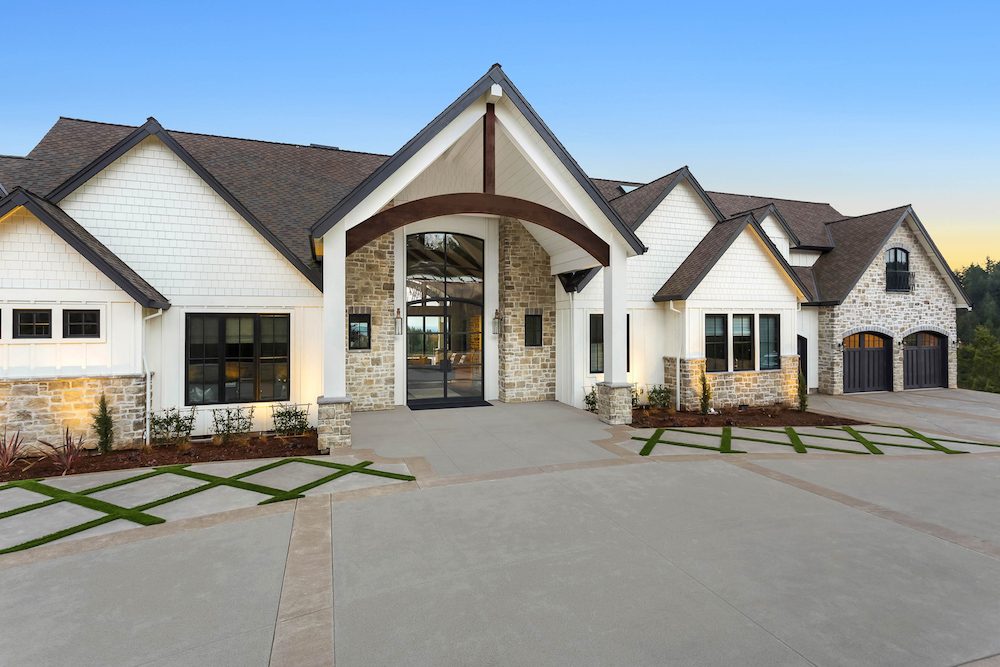Here in the Pacific Northwest, earthquakes loom large. Given the area’s geologic history and likelihood of another earthquake, having a home that will keep you safe and your home intact during an earthquake is crucial for you and your family’s safety.
Thankfully, even in an earthquake risk area like the Pacific Northwest, there are some steps you can take to help avoid injury and a destroyed home. Specifically, by choosing a custom home builder who can help you build an earthquake resistant home.
But how is this possible, and why is it necessary?
Why build an earthquake resistant home?
If you’ve been living in the Pacific Northwest for a while now, chances are you’ve heard of the “Big One”. For Oregon residents, this most commonly refers to the Cascadia subduction zone earthquake that’s predicted to hit the West Coast in coming years.
The Cascadia subduction zone, which runs from southern California to northern Vancouver Island, Canada, is a 600-mile long fault located just about 100 miles off the West Coast. Experts predict a 37% probability that there will be an earthquake in this zone off the Oregon coast within the next 50 years. The most common magnitude of earthquakes happening in this zone? 9.0 on the Richter scale! This makes them among some of the strongest earthquakes ever measured.
To put that in perspective, a 6.0 or 7.0 earthquake lasts for a couple of minutes and may cause damage to poorly built structures. A 9.0 earthquake may last for up to 5 minutes, and cause buildings to shift off of their foundations, bridges to collapse, and even toss objects into the air.
How do you build an earthquake resistant home?

Choose the right custom builder
No building is immune to the effects of an earthquake — meaning claims of creating an “earthquake proof” building are false. But you can build with earthquake prevention in mind.
Here are the steps our team at Westlake Development takes when building an earthquake resistant custom home:
Step 1 – Study the area
Before we ever break ground on a home, our team takes the time to deeply study the area we are building on. Beyond earthquakes, we want to understand the potential challenges and hazards of building a custom home on a particular lot. This may include:
- Steep slopes
- Floods
- Erosion
- Landslides
- Volcanoes
- Fault lines
We take the time to study and test the soil, and frequently reference the Oregon Department of Geology and Mineral Studies map to help identify geohazards in the area.
Step 2 – Employ earthquake-resistant construction techniques
Support is the name of the game when it comes to earthquake resistant homes. When it’s time to build, that’s what we focus on first. It all starts with a rock solid foundation, backed by metal structural hold-downs that stand vertically in the walls of your home, connecting your walls to the foundation. This technique helps provide extra stability to your home should an earthquake happen.
Step 3 – Offer an industry-leading guarantee
We stand behind the work we do, and show it through the 2-10 Home Buyers Warranty that cover all custom homes built by Westlake Development. This warranty is an insurance-backed structural warranty for newly constructed homes, and is approved by the Department of Housing and Urban Development. Learn more about the 2-10 Home Buyers Warranty here.
Prepare your home
- Consider installing a gas shut off valve and learn how to shut off your gas. One common problem earthquakes cause is ruptured pipes and gas lines. You can find gas shut off valves that are triggered during earthquakes. But it’s important to take time getting to know how to turn off your gas and other utilities too.
- Buy a brace or earthquake straps for your water heater. Water heaters may fall over during an earthquake if they aren’t properly braced. Check your city code to determine if earthquake straps are required for your home, but even if they aren’t, they can help in the event of an earthquake.
- Closely examine all the fixtures, appliances, and wall hangings in your home. Ensure any heavy frames or mirrors are securely affixed to the wall, take a look at the type of latches on your cabinet doors, and inspect all fans and light fixtures to make sure they are installed correctly. Look around your home for anything that isn’t securely fastened, latched, or bolted down and take steps to ensure they are secure.
Lastly, don’t let your earthquake preparation stop once you’ve settled into your new custom home! Earthquake preparedness is key — keep a stocked earthquake kit with enough supplies to last a minimum of two weeks, and make sure to have an emergency plan for yourself and your loved ones.
Contact Westlake Development today

The thought of the Big One hitting Oregon is certainly scary. But we hope this blog post has shown that there are steps you can take to make your home more resistant to earthquakes and to ensure you’re prepared for one when it comes.
If you’re considering building a custom home in the Portland metro area, contact our team at Westlake Development to learn more about our earthquake ready construction techniques and our 2-10 Home Buyers warranty coverage. We have over 30 years of experience building custom homes in the Pacific Northwest, and look forward to helping you build yours.
Call us at (503) 327-8351 or contact us online today.



